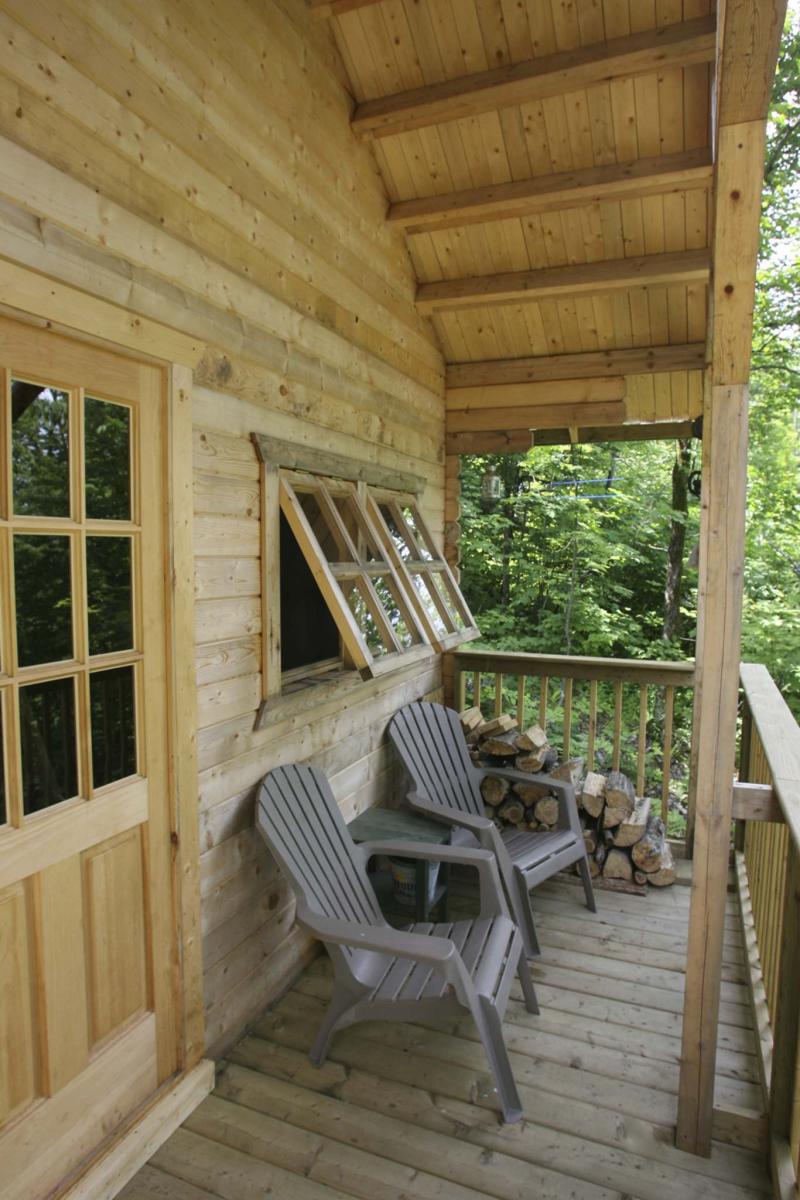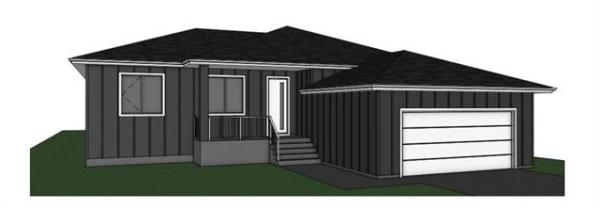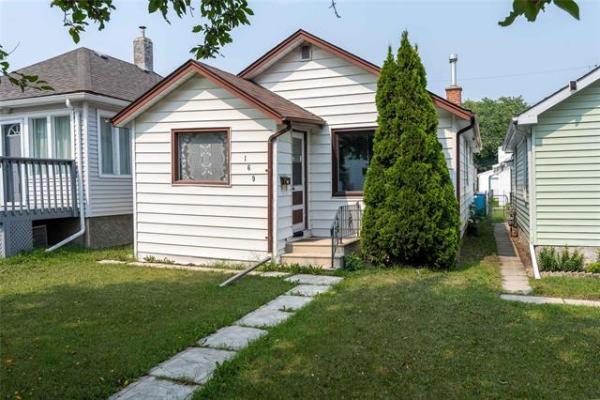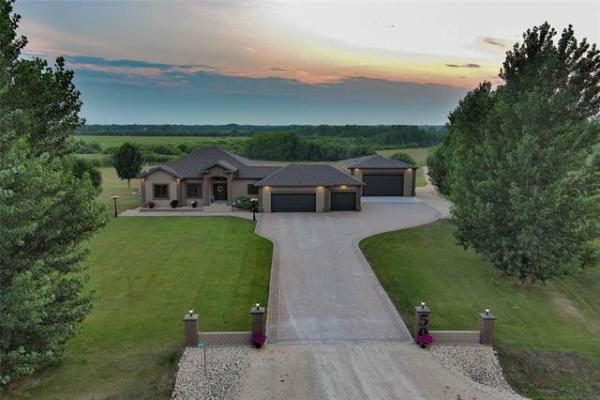
PAT McGRATH / OTTAWA CITIZEN FILES
A reader writes in about moisture issues in a cottage that sits close to the lake.
Question: We have a moisture situation at our cottage near Lake of the Woods that we would certainly like your opinion on. We purchased a small, approximately 800-sq.-ft., 2x6 construction, post on pile, bungalow cottage and constructed a 2x6, two-storey addition of about 600 sq. ft. (main floor) and 300 sq. ft. (open area, second floor.) The cottage is no more than six metres from the waterfront.
The addition includes properly sealed air/vapour barrier and R20 fibreglass batt insulation in the walls, with R40 blown-in attic insulation. It also has new low-e, argon-filled, dual-pane vinyl windows throughout, as well as new 2x6 skirting walls, including spray foam insulation of the floor joist ends, and skirting walls in the crawlspace.
Covering the dirt crawlspace floor is a heavy-vapour barrier, sealed to the skirting walls with the spray foam. Both new and original floors are insulated from below, with fibreglass batts and vapour barrier. It is heated by electric baseboard throughout, with laminate flooring on the main floor and a carpeted second floor.
We found that any time the outdoor temperature was less than -10 C or so, the windows sweated so badly that they eventually iced over. This occurred if we were there or not. The internal temperature was maintained at about 21 C while occupied and 6 C or 8 C while empty.
The outdoor Relative Humidity (rh) level summer or -20 C winter seems unusually high, rarely less than 75 per cent or so, and quite frequently high 80s to low 90s, even in the dead of winter. Internal temperature didn’t seem to matter, the windows sweated profusely.
It’s very frustrating, upon arrival, spending a half-day defrosting windows and wiping up, so in February 2015, we were convinced by a local heating contractor to install a propane-fired forced air heating system that would not only save on heating costs, but should alleviate our humidity issue.
The system was installed in February 2015 with ducting to the main floor only. A large staircase provided enough heat flow to the second floor. During the few cold days after the installation, the condensation and freezing continued. The heating contractor told us that the 8 C setting that we used while the cottage was vacant was too low during cold weather.
Fast forward to December 2016, and with the thermostat set at 13 C, there is virtually no change to the moisture collecting on the windows. Again, it doesn’t seem to matter if the place is occupied or not, but obviously worse while occupied.
The heating contractor now suggests installing a heat recovery ventilator (HRV) unit that "will certainly solve the humidity problem." We have an appointment soon to discuss.
This past winter, I purchased additional hygrometers and found the following readings. At -5 C, the outdoor RH was 91 per cent. With the corresponding indoor and crawlspace temperatures approximately 20 C, the indoor RH was 50 per cent and the crawlspace was 39 per cent.
In the beginning, I suspected moisture from the crawlspace was the problem, but it’s sealed fairly well, and the recent hygrometer readings confirm that.
I’m wondering how an HRV unit, drawing 91 per cent humid outdoor air and exhausting 50 per cent humid indoor air, can lower the humidity within the cottage.
Your comments and suggestions are most appreciated to help us make an informed decision.
— Murray Wedlake
Answer: It may seem odd to answer this question when the outdoor temperatures are soaring, but this may be the ideal time to decide on the need for the HRV, and also discuss cottages that may be on many owners’ minds at this time of year.
I will explain why an HRV should work even with high outside-RH in the winter, but only if it is installed and set up correctly, which is what you should concentrate your discussions on with your HVAC contractor.
Despite your best efforts, trying to maintain a dry indoor environment when your cottage is situated only metres from a constant source of year-round moisture may be futile, without mechanical systems designed for that purpose.
The heating contractor may have been easing you into a complete solution by initially recommending a forced air heating system. That may have been the first step, to provide heated air movement, which can help dry out stagnant air that is typical of baseboard-heated homes.
While that may have been a partial solution, it would do little to dry the air when the home is not occupied, the thermostat is turned down and little fresh air introduced. Use of a properly installed HRV will be the proper solution to prevent a moisture issue.
As I have described many times in past columns, relative humidity (RH) is named appropriately because it is a measurement of the percentage of the total amount of water vapour that air can hold at a given temperature.
That amount is relative to the temperature, because warmer air can hold significantly higher quantities of moisture than cold air. So, when cold air is brought into a building and warmed up, even if it is near saturation outside, the RH will drop dramatically.
In simpler terms, cold outdoor winter air is much dryer than heated indoor air due to these properties. For that reason, HRVs, which expel damp indoor air and replace it with fresh outdoor air always reduce indoor RH in the heating season.
The main item for you to discuss with your HVAC contractor is how the HRV will be installed and controlled. To be most effective, registers connecting to the HRV ducting should be installed in all the bathrooms, near the kitchen, and other moisture-producing areas in your cottage.
The control for this device should include a dehumidistat feature that can be set to a specific RH, which turns the unit on when that is exceeded.
In that way, you can regulate the amount of moisture inside the building, preventing excessive condensation on the windows, even when you are not there.
Ari Marantz is the owner of Trained Eye Home Inspection Ltd. and the past president of the Canadian Association of Home & Property Inspectors — Manitoba (cahpi.mb.ca). Questions can be emailed to the address below. Ari can be reached at 204-291-5358 or check out his website at trainedeye.ca.
trainedeye@iname.com



